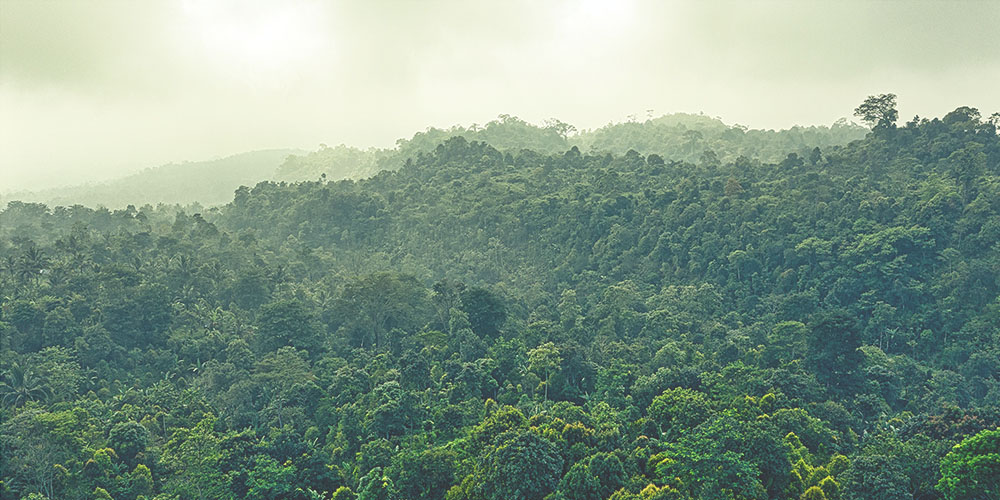August 25, 2016 | By Project Learning Tree
Using paper as an example, students analyze the life cycle and consumption patterns of forest products, and identify the international dimensions of product use. They then draw conclusions about consuming forest products in a more intelligent way.
August 25, 2016 | By Project Learning Tree
Students conduct a simulation in which countries use their forest resources to “manufacture” products and to sell them to an international trader. Through the simulation, students explore some of the tradeoffs of resource use.
August 25, 2016 | By Project Learning Tree
Students consider indicators that a forest is sustainable, and learn about one international initiative for monitoring forest sustainability. They also find out what is being done locally and in other countries to determine sustainability.
August 25, 2016 | By Project Learning Tree
In this activity, students analyze the effects of different ways that people use the world’s forests and determine which effects may be sustainable according to one definition.
August 25, 2016 | By Project Learning Tree
Students analyze factors that can change forests by using data sets, maps and other information. They also examine projections about future climate conditions and explore how these factors may change forests in the 21st century.
August 25, 2016 | By Project Learning Tree
A holistic system of global ecological zones is now used to classify the world’s forests. In this activity, students examine this system to see how temperature and moisture determine the type of forest in a given locale.
August 25, 2016 | By Project Learning Tree
Dozens of official definitions of the term forest are in use throughout the world. In this activity, students analyze various definitions of this term and then consider different cultural perspectives that affect people’s perceptions of forests.
August 25, 2016 | By Project Learning Tree
Students create and conduct a survey to help them determine how they and others view themselves as linked to forests around the world.
August 25, 2016 | By Project Learning Tree
Students express their own views about forests and explore different perspectives by reading excerpts from the writings of different authors.
August 25, 2016 | By Project Learning Tree
Students use a carbon footprint calculator to analyze their personal effect on carbon dioxide (CO2) levels in the atmosphere, calculate the amount of carbon stored in a single tree, and explore how carbon sequestration can affect CO2 levels.


